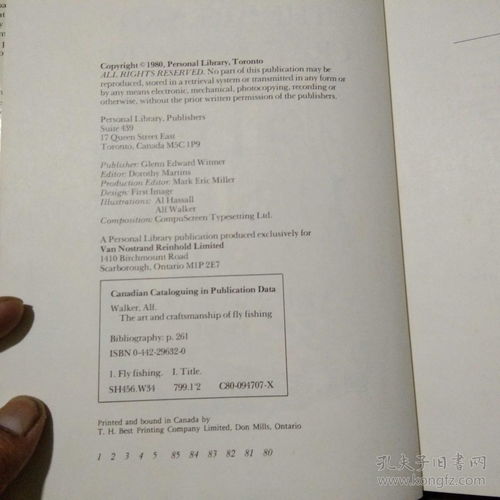Content:
Fishing is an ancient pastime that has been enjoyed by people of all ages and backgrounds. It requires patience, skill, and a deep understanding of the water and its inhabitants. One of the most fundamental skills in fishing is knowing how to tie a fishing line properly. This article will delve into the intricacies of how to扯线的技巧, providing you with the knowledge and confidence to become a proficient angler.

Before we delve into the details of tying fishing lines, it's important to understand the different types of lines available and their purposes. The most common types of fishing lines are monofilament, fluorocarbon, and braided lines. Each type has its unique characteristics and advantages, and the choice of line will depend on the fishing environment, the species of fish you're targeting, and your personal preferences.
Monofilament Line
Monofilament line is the most widely used type of fishing line due to its versatility and ease of use. It's made from a single strand of plastic and is available in various thicknesses, known as pound test. Here's how to扯线 with monofilament:
Step 1: Gather your materials - monofilament line, a pair of scissors, and a line knotting tool (optional).
Step 2: Cut a length of monofilament line that is about 30 inches longer than the desired length of your fishing line.
Step 3: Thread the end of the line through the line knotting tool or your fingers, leaving a small loop at the end.
Step 4: Take the end of the line and make a loop, then pass the end through the loop.
Step 5: Pull the end of the line to tighten the knot, ensuring it's snug but not too tight.
Step 6: Trim the excess line and you have a basic monofilament knot.
Fluorocarbon Line
Fluorocarbon line is a popular choice for anglers who fish in clear water or are targeting sensitive fish species. It's less visible to fish and has a lower stretch than monofilament line. Here's how to扯线 with fluorocarbon:
Step 1: Follow the same steps as above for monofilament line, but use fluorocarbon line instead.
Step 2: Choose a knot that is suitable for fluorocarbon line, such as the improved clinch knot or the albright knot.
Step 3: Tie the chosen knot, making sure it's snug and secure.
Step 4: Trim the excess line and you have a properly tied fluorocarbon line.
Braided Line
Braided line is known for its strength, sensitivity, and reduced stretch. It's often used in conjunction with monofilament or fluorocarbon leaders for added flexibility. Here's how to扯线 with braided line:
Step 1: Cut a length of braided line that is about 30 inches longer than the desired length of your fishing line.
Step 2: Thread the end of the line through a line knotting tool or your fingers, leaving a small loop at the end.
Step 3: Tie a uni-knot, which is a versatile knot suitable for braided line.
Step 4: Follow the instructions for the uni-knot, making sure to tighten the knot securely.
Step 5: Trim the excess line and you have a properly tied braided line.
In addition to choosing the right type of line and knot, there are other factors to consider when learning how to扯线的技巧:
Line color: Choose a line color that blends with the water and environment, making it less visible to fish.
Line weight: Match the line weight to the species of fish you're targeting, ensuring you have enough strength to land your catch.
Line length: The length of your line will depend on the fishing environment and the distance you need to cast.
Leader length: Use a leader of appropriate length to connect your main line to your lure or bait, providing a more natural presentation to fish.
By mastering the art of tying fishing lines, you'll be well on your way to becoming a skilled angler. Practice these techniques and experiment with different lines and knots to find what works best for your fishing style and preferences. Happy fishing!












